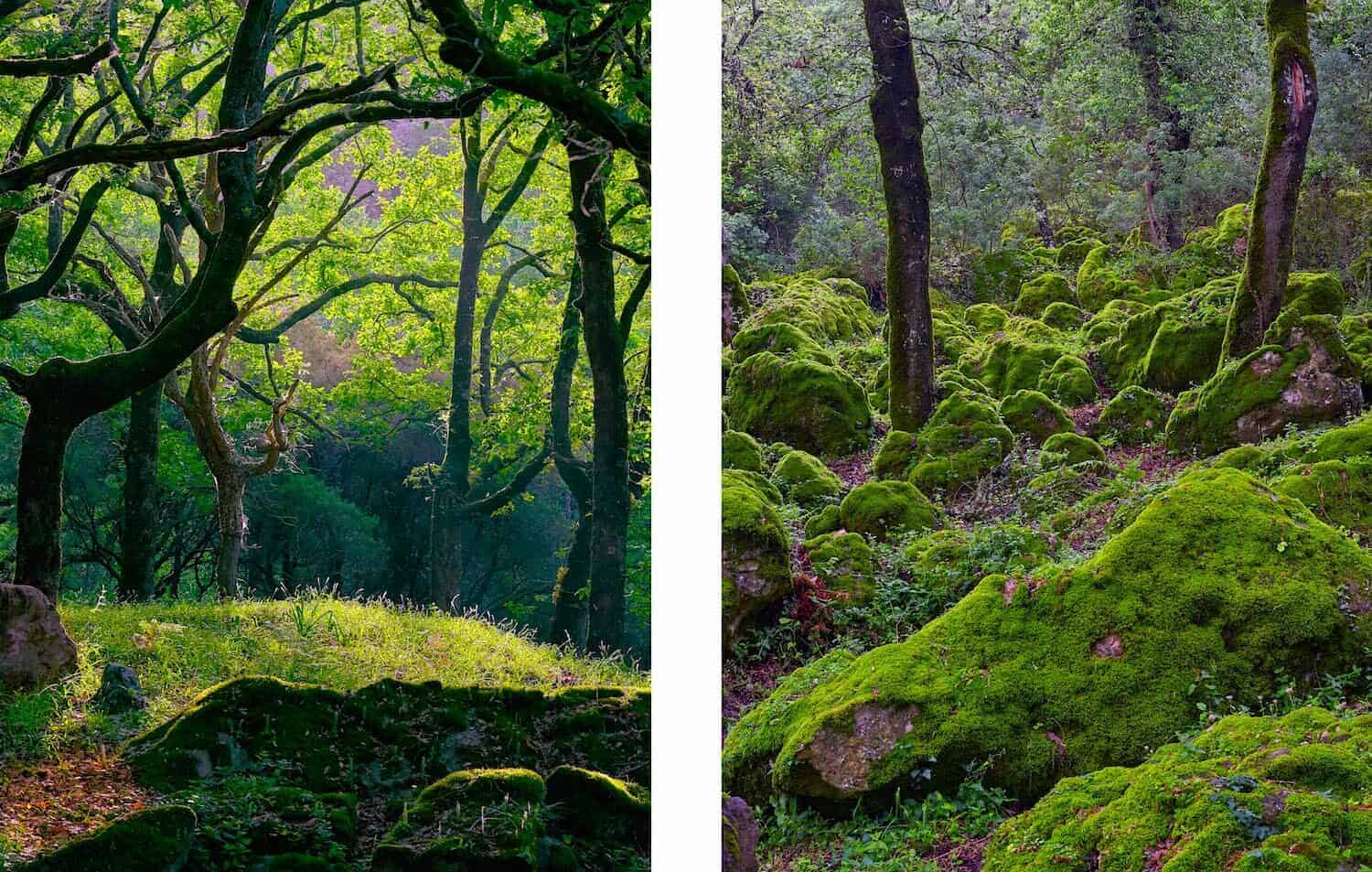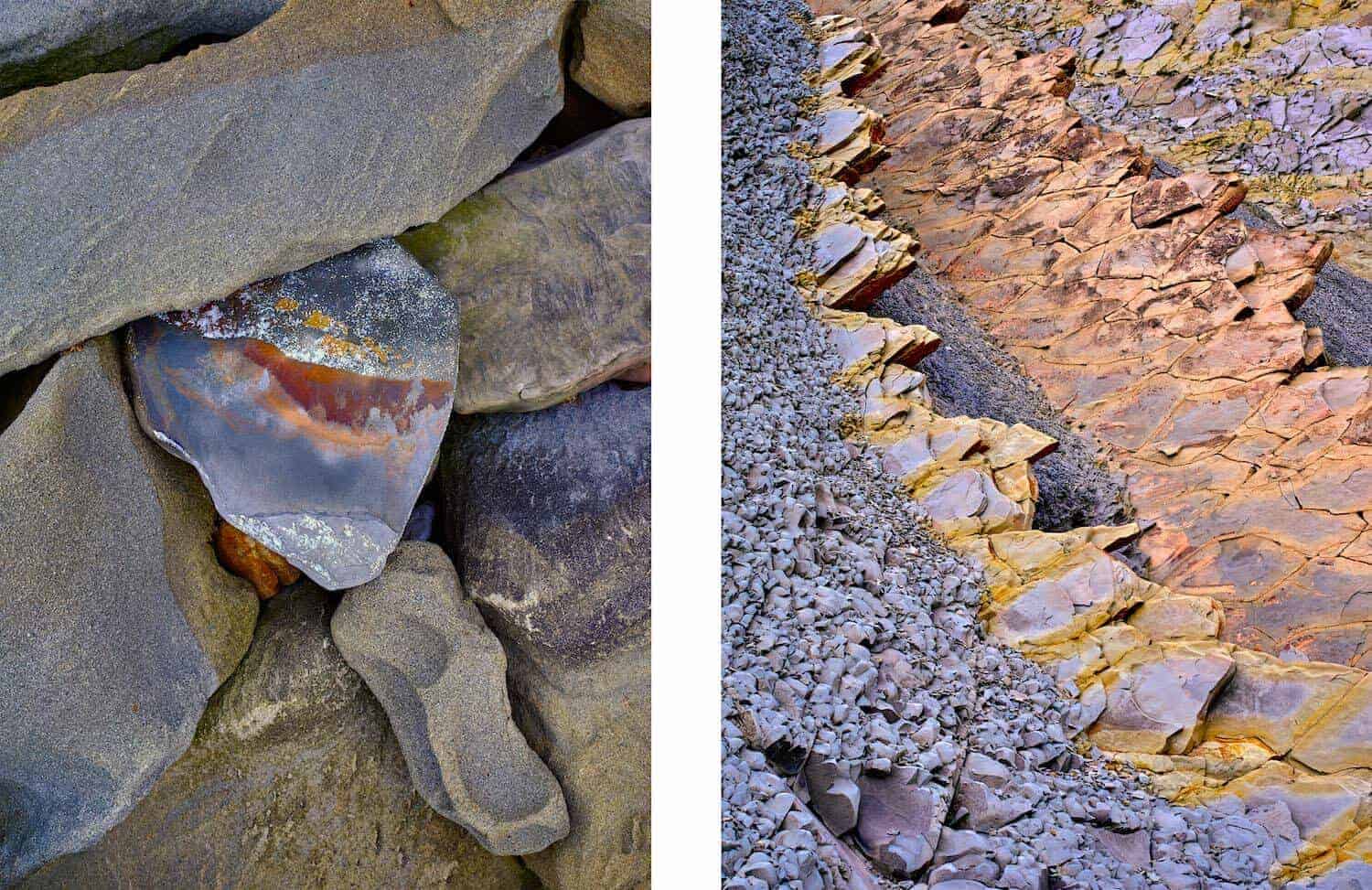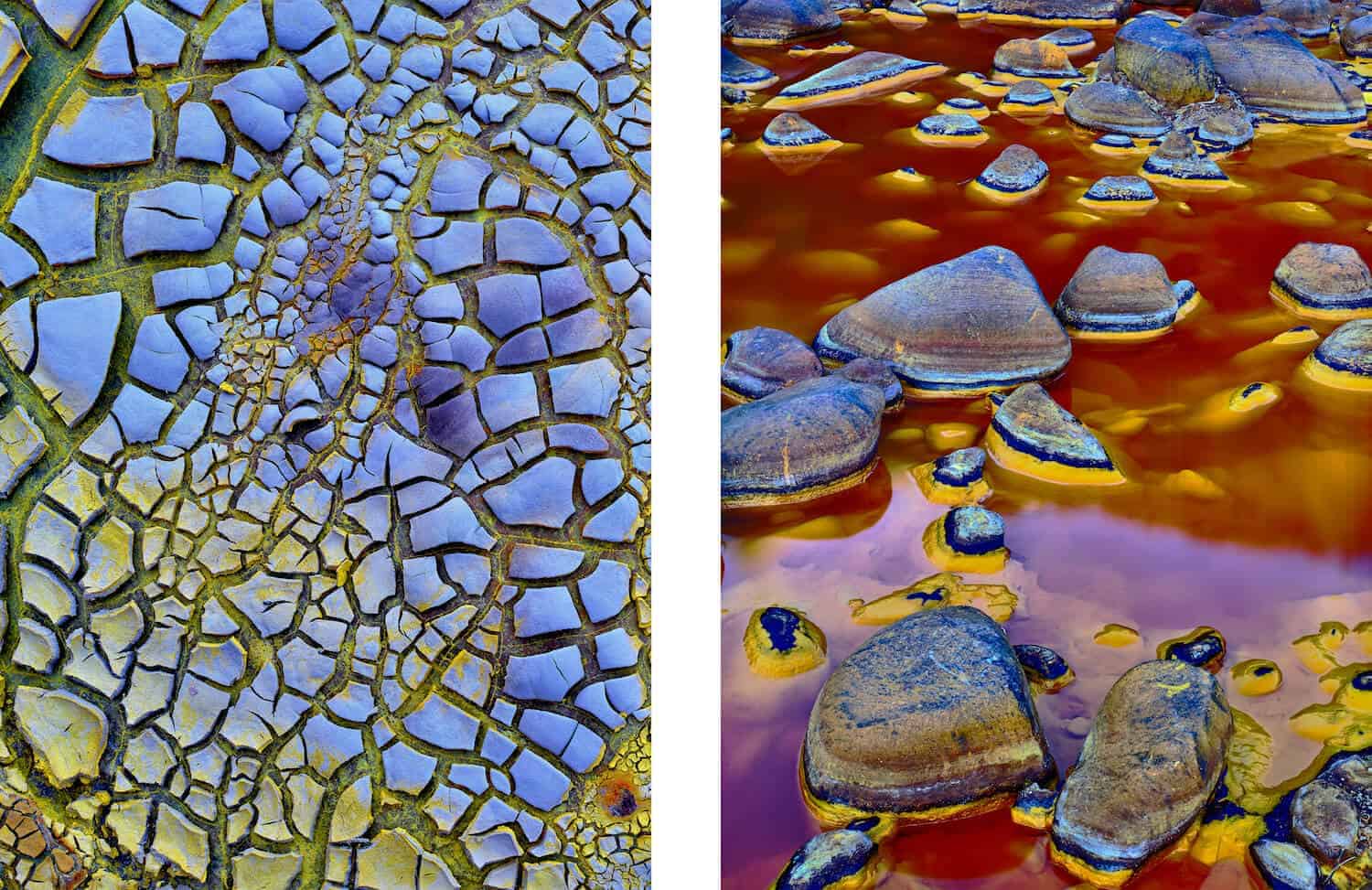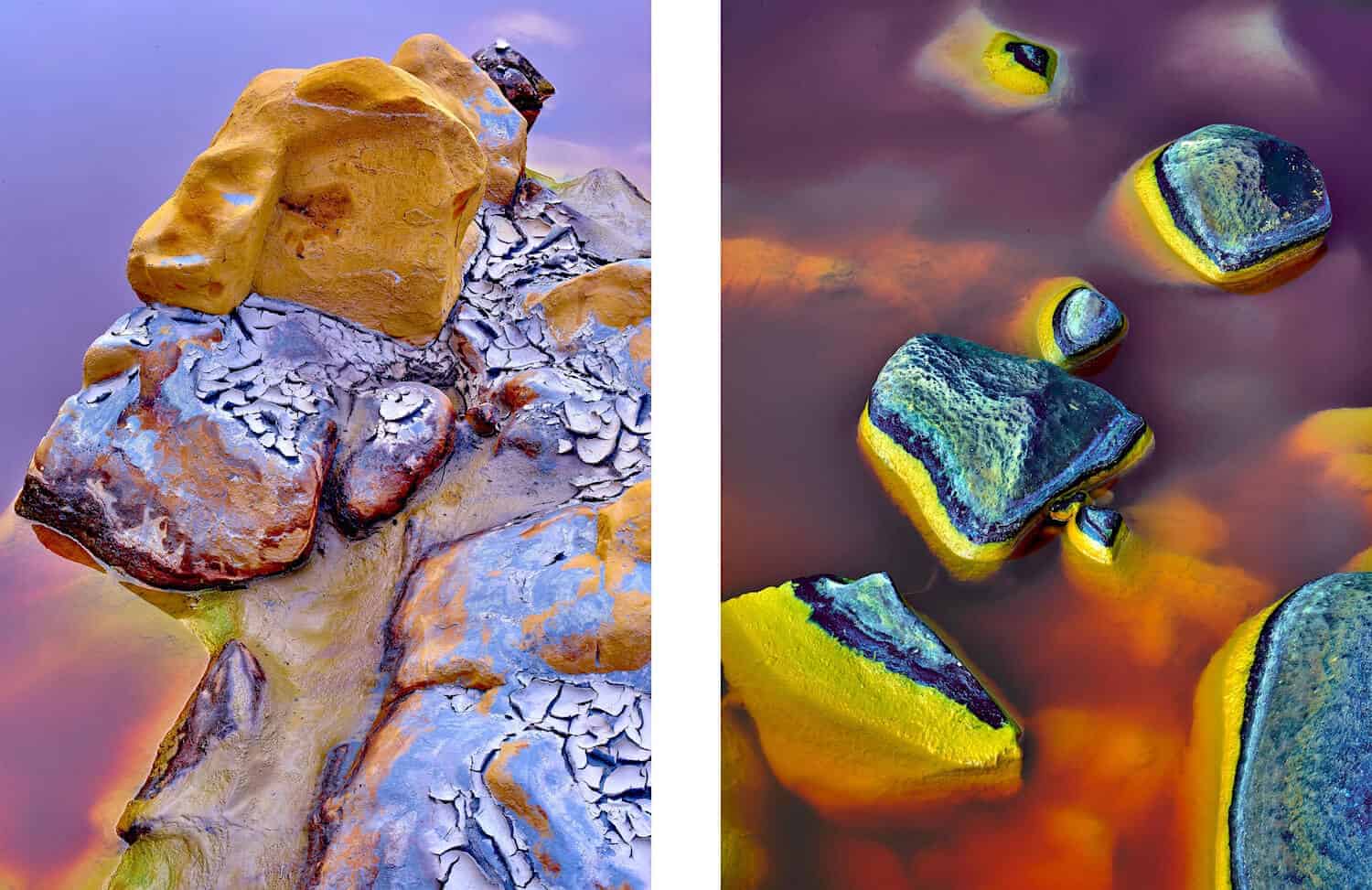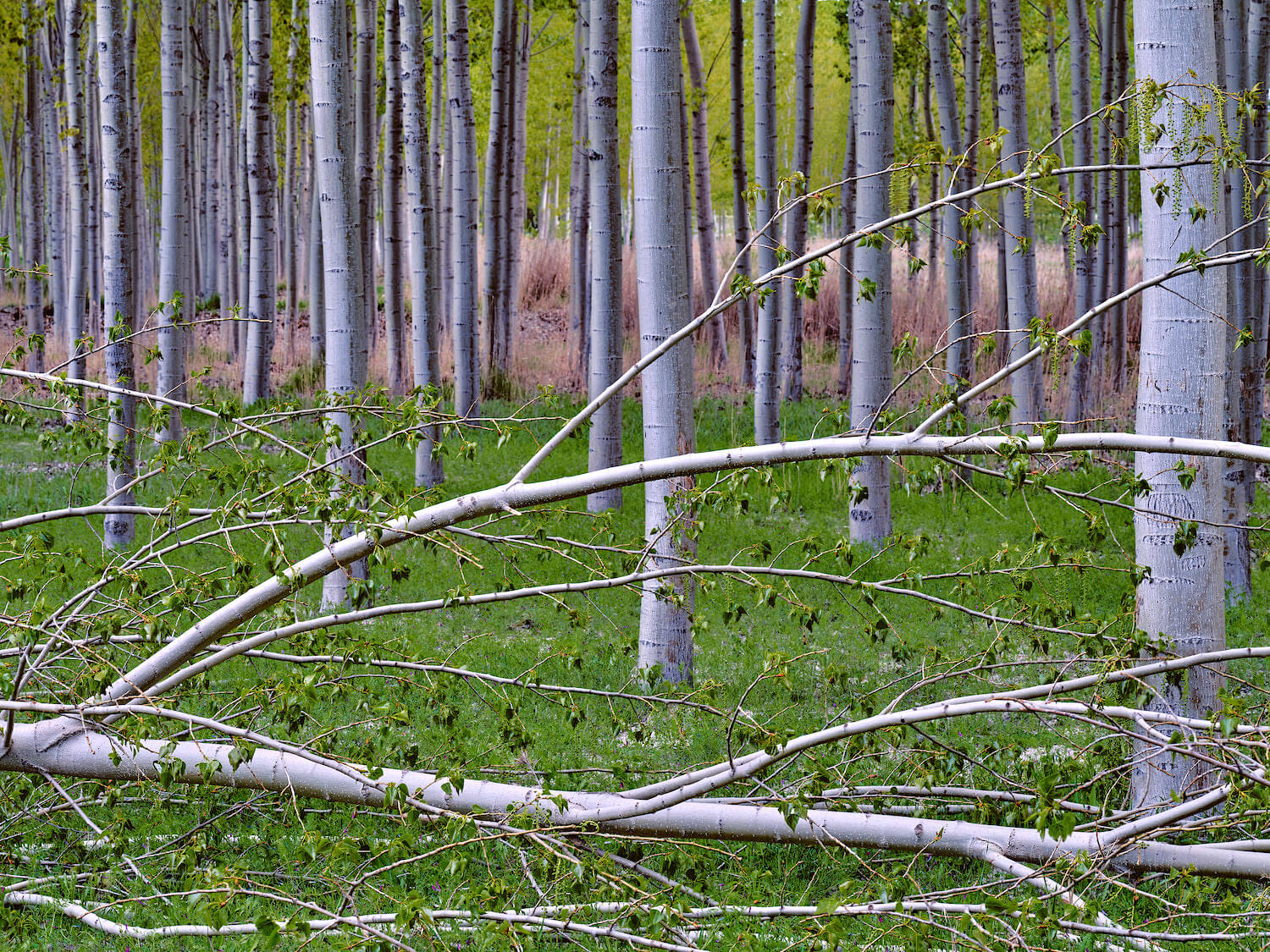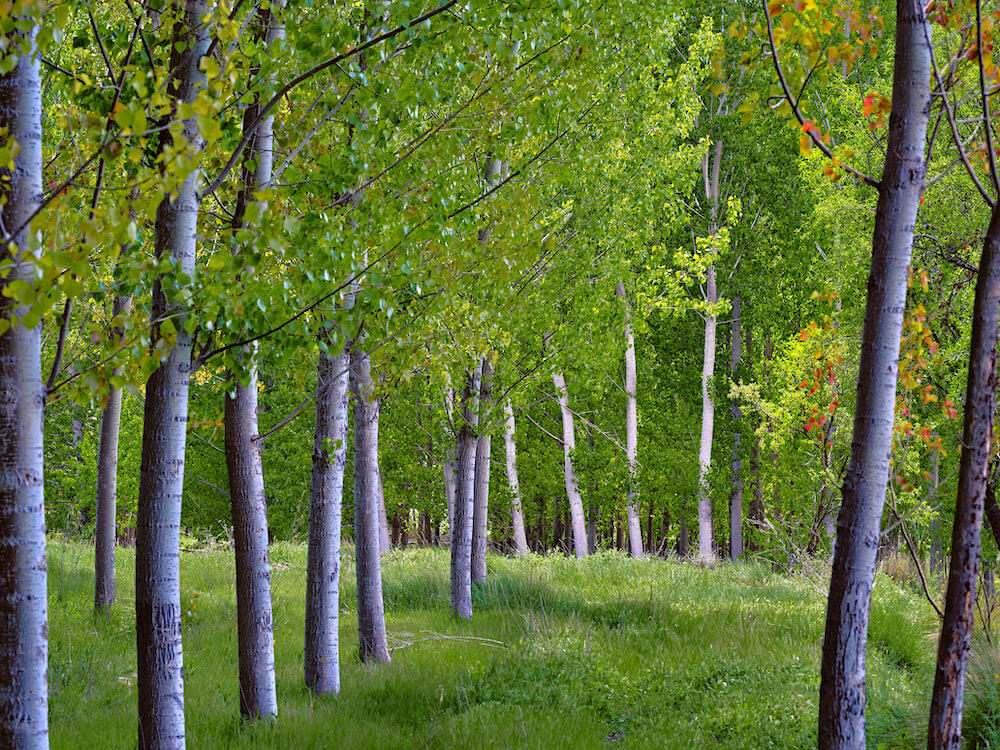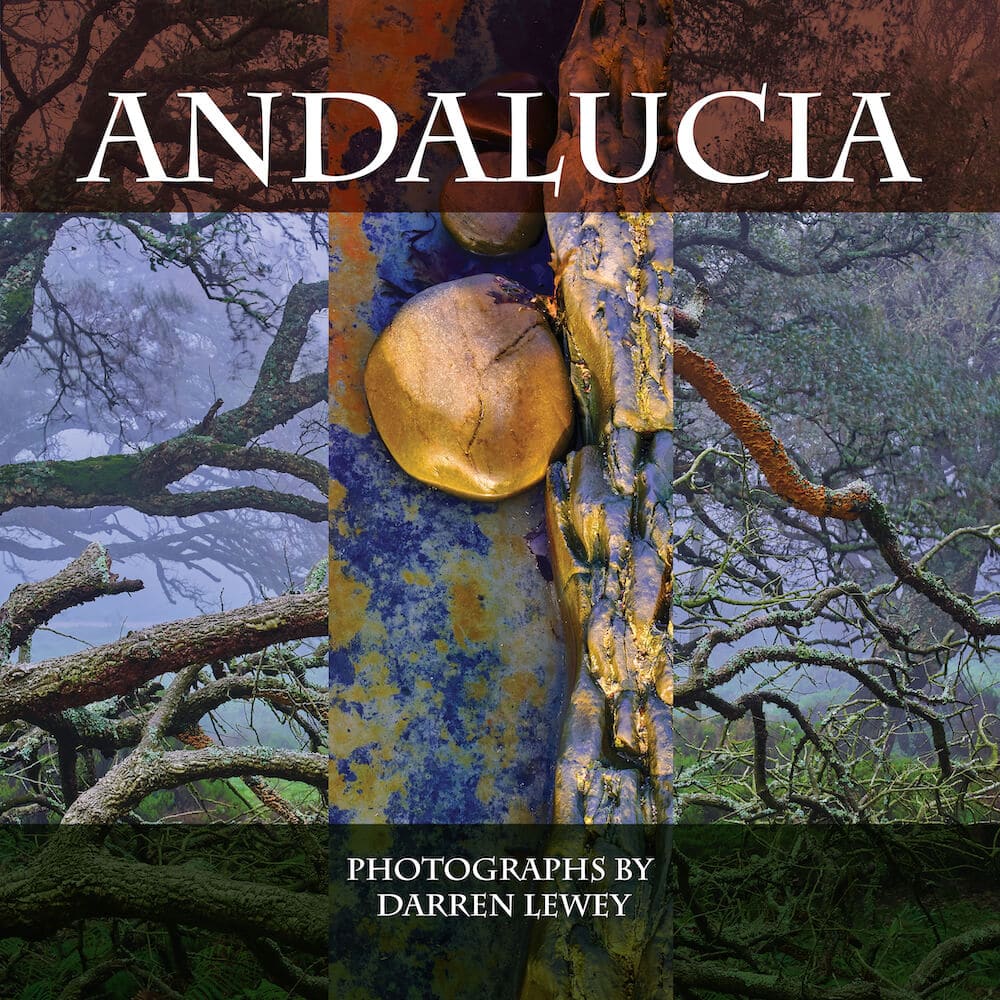Venturing out into the field looking for photographs, either in hope or with a plan inevitably leads to thinking about how these images will be seen. Of course, a book is one form and for nature photography, it’s a popular route to take. However, going from a website portfolio gallery to book form is quite a leap. The division of pages and the necessity of chapters requires a bit more thought in how to achieve this successfully.
Projects often require closure by virtue of the need for us to stylistically, geographically or developmentally move on. A clear written aim will serve as a useful device to steer the project’s course and to decide both the sequencing and its final look.
I would advise early on when deciding to make a book, especially on nature photography, to set some parameters based on location(s), timeframe, shooting style, or weather conditions. Setting constraints is useful as it helps you work out what your project is about. Too much choice on all fronts can be overwhelming.
Also, you should let the theme organically emerge. little worse than straitjacketing photographs to suit an idea that on-location doesn’t really work. Think about what the project’s essence is and evaluate/update this in the early development stages. If necessary re-write your aim.
It may be a simple visual idea about a place but that’s fine, write it down just the same. Once you have the aim, don’t analyse this too much when you’re out in the field, instead, leave this to when you’re at home reviewing images. Your original intentions may have shifted somewhat, and the images say something else. No problem, just check them against your written intentions and judge whether it’s a fruitful diversion or not.
Your ultimate goal in seeking the project’s message is to illuminate its subtext, how might the audience interpret your work and does it have a metaphorical interpretation. This can be a difficult point to reach without the input of others so you should build this into the process including the sequencing of your project. You can now refer back to the aims to keep a check on this. Also here, the self-imposed constraints and commonality of imagery made earlier, will now enable the maximum flexibility in playing with your presentational order as they will all interlink on some level.


